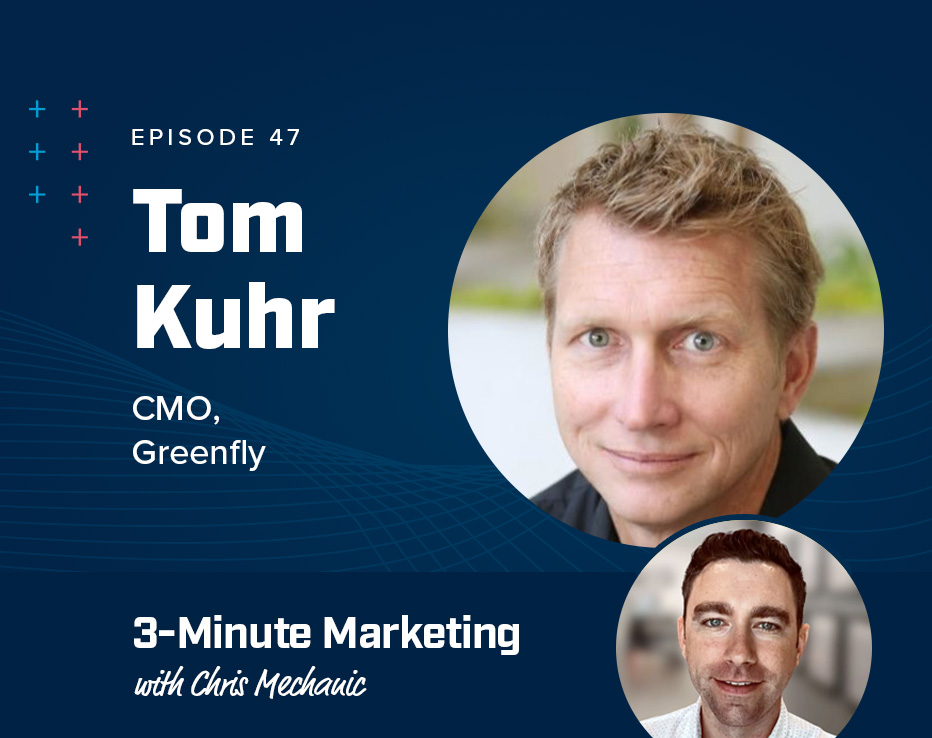
What is Automated Lead Scoring in the B2B Industry?
All leads are not created equal. No matter what business you are in, you will have some prospects that are just perfect: they have a budget, a problem that you can solve for them, and an awareness of and relevance to your niche in the marketplace.
Of course, the opposite is also true. Some leads are just more work than they’re worth and aren’t a good fit. You know what’s at the core of improving your sales team’s efficiency?
Knowing as early as possible which category a given lead is. Fortunately, automated lead scoring gives you that exact insight.
Automated Lead Scoring Definition
Automated lead scoring is a process that takes a lead and compares it to an “ideal customer” template and creates a score that indicates how likely the lead is to convert into a sale. From there, prioritization of the highest scoring leads will allow the sales team to spend their precious time focused on the leads that stand the best chance of turning into sales.
In simple terms, you are making sure the leads that get to sales team are as close to an SQL (sales qualified lead) as possible.
The best part? It’s automated. You don’t have to do any work once it’s set up.
Marketers use lead scoring too:
Marketers can gain valuable insights into how effective their marketing campaign is based on the quality of the leads it generates. An effective lead scoring system can help marketers tweak their targeting and strategy — but that’s a topic for another article.
What Does An Effective B2B Lead Scoring Model Look At?
Every business is different, of course, but the categories of information you consider when scoring a lead tend to follow certain best practices. Your automated lead scoring process should look at these elements for prospect fit:
- Industry: If your brand has an industry (or a few industries) that it works best in, those leads should receive a higher score. For WebMechanix, it’s the software-as-a-service industry. Also, if you’re trying to target a new industry as part of your growth plan, add those in too.
- Job Role: Salespeople want to talk to decision makers. Identify the titles and job roles that are most likely to be decision makers and give any leads who fit that template a higher prioritization.
- Company Type/Market Sector: Does your brand work better with B2B or B2C companies? How about non-profits or government contracts? Prioritizing the companies that you work best with will make your sales team much more efficient.
- Revenues: It’s a simple equation: If a lead can’t afford your services, then they’re not likely to buy them. By including annual revenues in your automated lead scoring process you’ll ensure that you spend the most time on the leads who will not be turned off by your price.
Choosing the actual criteria in each category is a simple matter of looking back at your previous sales history (or, barring that, use your gut) and continuing to refine as you learn more from each new sale. Just make sure you review your scoring system from time to time to ensure that it reflects current trends and not outdated metrics.
We’re Revealing Our Secrets. Here’s the Lead Scoring Methodology We Use to Collect Valuable Information
It’s all well and good for us to tell you that lead scoring best practices mean looking at job roles or annual revenues, but where does that information actually come from? Fortunately, there isn’t just one source of this information – there are three:
1st Party Objective Data is the information that the lead provides you themselves (and is not subject to interpretation, like their job title or industry). Some of this information they’ll tell you directly through your form fields or on a business card they handed you at a networking event. However, the information you find through research on their website or LinkedIn profile also counts as 1st party objective information (they put the information in those places exactly so people could find it, after all).
3rd Party Objective Data is information about a lead obtained from an outside source. This is typically obtained from services like Jigsaw can be very useful for obtaining more difficult-to-find information like annual revenue.
Don’t underestimate other 3rd party sources, like Facebook Analytics data, Google My Business data, LinkedIn company directory, Clutch.io, or Yelp. Some of these places get their information directly from a company member who submitted it online at some point.
Subjective Inferences are the assumptions you make about a lead based on their behavior. Unlike the objective data signals above, subjective data is open to interpretation and may end up being wrong. However, you can still learn valuable information about a lead’s intent based on behavior, such as which parts of your site they visited and how long they stayed there.
If a lead spent time looking at your HR and hiring pages before filling out a form, they’re less likely to have buying intent than the lead that spent all of their time on the products pages before reaching out because the former is likely a job seeker.
There are many ways to organize the data you get to uncover useful subjective inferences. The more traffic and leads you get, the more segmentation you can do.
We like splitting out lead data in HubSpot in many ways, some of which include:
- company size
- by lead magnet download category
- non-converters who visited key pages
B2B Lead Scoring Best Practices
Once you’ve defined your own lead scoring process, it’s time to put it to work. The biggest benefit, prioritization of leads for your sales team, can be accomplished by creating custom reports in your CRM (like HubSpot, Salesforce, or Netsuite).
Lead scoring will help your team regardless of how you accomplish it, but the more automated your process is, the faster your sales team can focus on the most likely leads.
Lower priority leads should not be ignored, though. Marketing automation tools like Hubspot can create drip marketing campaigns and other workflows that let you deliver highly-customized marketing content without the need for regular labor from your team.
By moving leads that don’t score highly into an automated campaign, you can keep them in your marketing process and nurture them with email and/or other resources until they are ready to be contacted directly.
At its core, lead scoring is about using best practices, personalization, and your own sales history to make your sales team happier and more efficient while improving a prospect’s experience. With effective marketing automation, you’re removing marketing bottlenecks and making your whole sales process smoother.
Interested in learning more about marketing automation and want to see how we can help? Feel free to reach out.
Read about How to Measure ROI in Digital Marketing
View all posts filed under “Analytics”
Most newsletters suck...
So while we technically have to call this a daily newsletter so people know what it is, it's anything but.
You won't find any 'industry standards' or 'guru best practices' here - only the real stuff that actually moves the needle.






